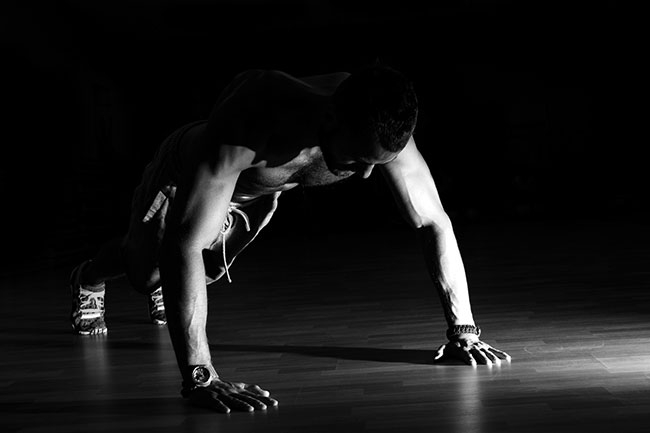
Tools of the Trade: Specialized training for specific tasks
By Sean Kingswell
Features Fitness Health and WellnessFire fighting is a physical job, with its most valuable resource being capable manpower. Most fire departments require a test of physical fitness prior to employment, and may offer varying degrees of wellness programming for active members.
 Firefighting is an intensely physical job. While we are equipped with countless tools to help us do our job
Firefighting is an intensely physical job. While we are equipped with countless tools to help us do our jobSome departments have no fitness or wellness programs or initiatives, which, frankly, is surprising. Regardless of what programs employers offer, the nature of fire fighting is such that individuals must take active roles in their own fitness. Not being physically conditioned is a form of complacency that can have deadly consequences. So, what are some guidelines to achieving optimal personal fitness levels as a firefighter?
First, if you are not already an exerciser, become one; training your body is as much a part of your job as training your technical skills. This responsibility to be fit and strong is not just to yourself, but also to fellow crew members, customers, family and friends.
When it comes to exercise programming, balance is key. Cross training – which means engaging in different types of exercises – can suit firefighters. A nice blend of resistance training, cardio, stretching, core, injury prevention, balance, agility and functional training will reap significant rewards throughout your career. It is important to front load wellness for a healthy retirement. Ultimately, prevention of injuries and diseases is the priority.
However, the key to firefighter fitness is specificity. Specificity is a fitness concept that is vital to success at a certain skill set or activity. Athletes have embraced this concept and with the physical exertion required, firefighters should do the same. Specificity implies that if you want to get better at x then you need to do things that relate specifically to x, so that x will improve: working on y may or may not be advantageous but it doesn’t necessarily help with x. So, how can specificity be achieved? One way is to use actual firefighting gear and tools to condition yourself. Replicating firefighting activities at a physically challenging pace is, of course, going to improve your fire-ground fitness level. That being said, it is hard to train at intense levels while on duty, and it is also rare for firefighters to have a collection of firefighting equipment to use when training away from the firehouse. The solution is to create specificity in your life and at the gym. It may sound obvious, though it is not always understood, that there are some areas of fire fighting that can be worked on directly. For example, if you want to be well conditioned to climb stairs . . . climb stairs. Keep in mind that it is not necessarily practice that makes perfect, but rather perfect practice that makes perfect; this may mean climbing stairs with reasonable loads, or learning how to properly drive (or lift your body) with your larger muscles.
Good specificity has transfer, which means that how we train relates well to what we do in real life. At the gym, it is important to consider the primary work roles of fire fighting. We still need to work on the typical attributes of strength, endurance, cardio and flexibility, but we should also consider specifically conditioning ourselves for our work. A few examples of firefighting activities that can be replicated in the gym are proper leg-based pulling, roof skills, partner work, core training, tool use, grip strength, dexterity, CPR endurance, climbing, reaction-time training, foot-eye co-ordination, and working all three metabolic pathways. Use a slam ball to do compressions – this is also a great chest workout. Use cables or bands to simulate both hand-over-hand and two-handed pulling; be sure to have a secure stance. Dragging weights with webbing through them is highly specific to fire fighting and can be done forward and backwards.
Being aware of the strange ergonomic situations that firefighters get into is also important; one way to prepare for these movements is through ergonomic acclimation in a gym setting. The days of chest and bicep workouts alone should be long gone; although these exercises can certainly be included, they alone do not meet the needs of the profession. However, not all of your exercise and efforts should pertain to fire fighting. I encourage people to balance what we call the personal/professional threshold; that means putting a certain amount of your effort into your personal goals or interests but also spending enough time improving and maintaining your firefighting ability through specific exercise and activity.
Sean Kingswell is an experienced career firefighter, personal trainer, fitness coach and the creator of the FIRESAFECADETS program. firesafecadets@gmail.com
Print this page
Advertisement
- Between Alarms: Create a comprehensive onboarding program
- Urban challenge: Fighting a six-alarm fire in the 6ix